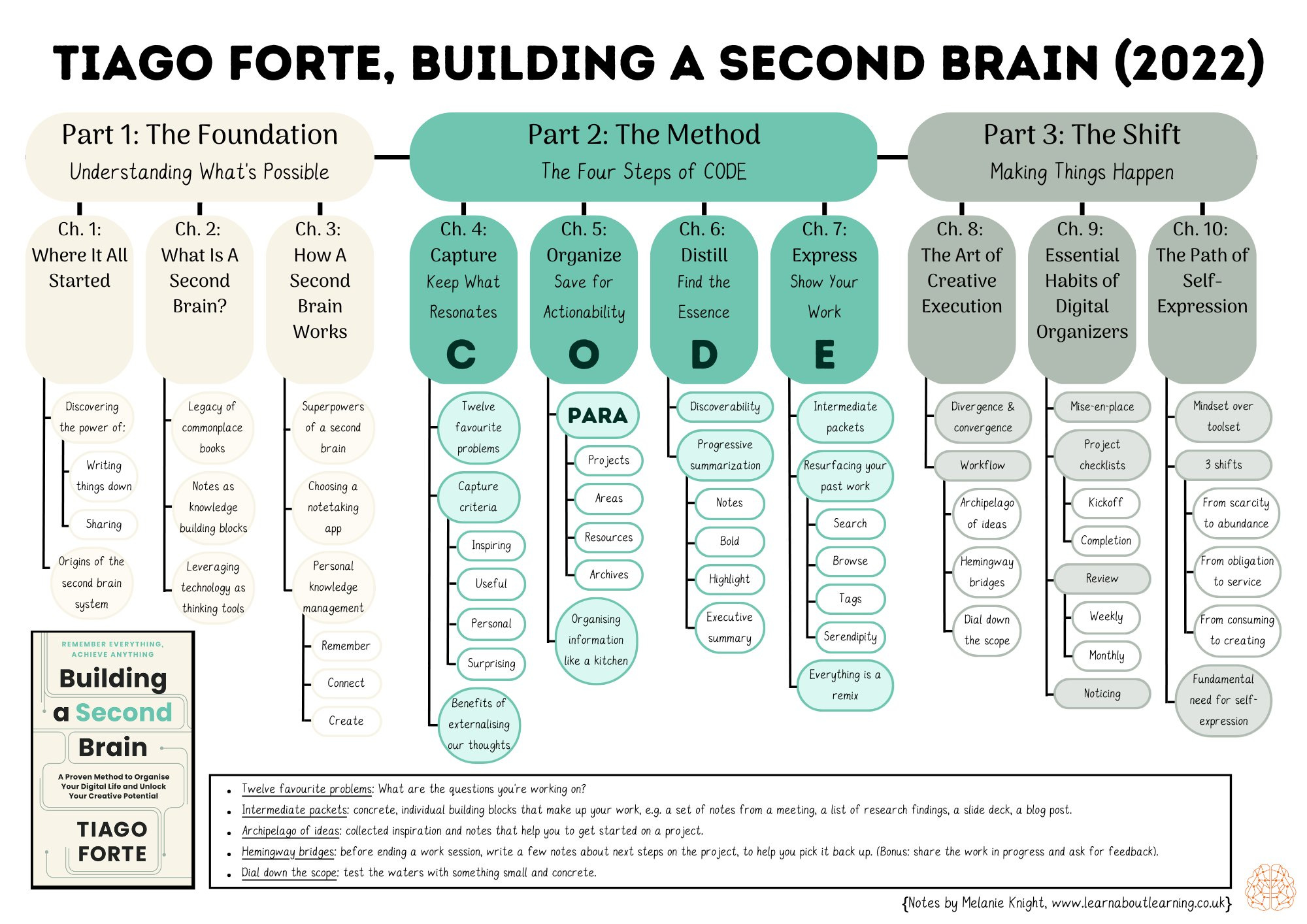Understanding book structures with content structure maps
A tool for simplifying the complexity of non-fiction books
Graphic by Melanie Knight
(You can click on each of the graphics in this newsletter to see larger-sized versions.)
It’s easy to forget the complexity of many non-fiction books and how this can lead to problems for readers struggling to understand what they are reading.
The conventional approach taken by most authors is to provide a list of contents and a written description of the book structure.
I’ve just finished an article explaining why this conventional approach is often unsatisfactory. I also suggest a solution - content structure maps, which provide an effective solution to helping readers understand how all the different parts of a non-fiction book fit together.
The article is too long to send out as a newsletter so I’ve provided a summary below. Alternatively, you can read the whole article here.
As ever, please get in touch if you have any comments by replying to this email.
Francis
Summary
The importance of understanding the structure of the non-fiction books you read
Books are often cognitively complex. Readers need the author’s help to understand how all the sentences, paragraphs, chapter sections and chapters fit together coherently if they are to extract meaning from the text and engage successfully with the book’s ideas.
Why readers have problems in comprehending structure and coherence
Even though it’s critical for readers to comprehend the structure and coherence of the non-fiction books they read, there are at least four underlying reasons why this isn’t necessarily a simple process.
1. The transient nature of memory. Readers inevitably forget much of what they read.
2. The fragmented nature of reading. Reading a book is often a fragmented experience and readers have to put up with both external and internal distractions.
3. The limitations of working memory. The limited nature of working memory means that readers will often struggle to understand complex arguments and explanations.
4. The lack of visual representations of structure. Structure is inherently visual in nature. When readers aren’t given visual representations of structure, they are forced to do extra cognitive work in working the structure out for themselves.
The problem with current approaches to communicating structure
The approach that most authors and publishers currently take to describing the structure of a non-fiction book involves providing:
a list of contents at the front of the book
a written summary describing the book’s structure in the Introduction
and sometimes a written summary of the structure of individual chapters.
I think there are several problems with this approach:
too much emphasis on lists
a lack of highlighting of summaries
a limited focus on the structure of the detail
too few visual representations of structure
solving the problem of structure comprehension is not considered a priority.
A suggested solution: A principle + three strategies
The solution to the problem, I believe, lies in implementing a new principle and following three practical strategies.
A principle: Readers benefit from having structure maps that show how the different elements of a book fit together.
Three strategies:
1. Describe the structure visually with content structure maps.
2. Include more levels of detail.
3. Make the content structure central to the reader's experience.
Examples
Here are examples of content structure maps that relate to four different books. There are other examples of content structure maps from the first two books in the full article.
Lines of Thought by Ayelet Even-Ezra
Ayelet Even-Ezra’s Lines of Thought: Branching Diagrams and the Medieval Mind is a fascinating and beautifully produced book discussing how medieval scholars used horizontal tree diagrams both as writers to communicate their ideas and as readers to organise ideas in their notes.
She has created horizontal tree diagrams to describe the structure of the book as a whole (see below) and also the structure of individual chapters.
Tools for Teachers by Oliver Lovell
Teacher Oliver Lovell’s book Tools for Teachers: How to teach, lead and learn like the world’s best educators (John Catt Educational, 2022) provides both a top-level and a detailed content structure map for each of his eight chapters.
The diagram below shows the detailed map for his chapter on Explicit Instruction.
Building a Second Brain by Tiago Forte
Instructional designer Melanie Knight has created a very helpful content structure map of Tiago Forte’s book Building a Second Brain: A Proven Method to Organise Your Digital Life and Unlock Your Creative Potential.
The map allows readers to see how the book is structured at a glance. What’s particularly useful is that it goes beyond the list of contents provided by the author as it includes the key topics covered in each individual chapter.
Deep Work by Cal Newport
In addition to a content structure map of the top-level structure of the book, the summary I created for Cal Newport’s book Deep Work: Rules for Focused Success in a Distracted World also includes:
a definition of the concept of deep work
a description of the book’s hypothesis
a summary of the arguments the author makes for the validity of the deep work concept
a description of the different strategies the author proposes to increase the capability for deep work.
Lessons from the examples
What I take away from these examples is that content structure maps can come in many shapes and sizes. How a content structure map looks will depend on:
the nature and complexity of the content to be covered
the number of hierarchical levels of content to be included in the map ie. how deep into the detail of the book should the content structure map go
whether additional content such as definitions and elaborations are to be included
the design aesthetic chosen.
Conclusion
No one would dream of starting a jigsaw puzzle without seeing an image of what they are working towards. Perhaps one day, people will also demand a content structure map before they start reading a non-fiction book.
Francis Miller




